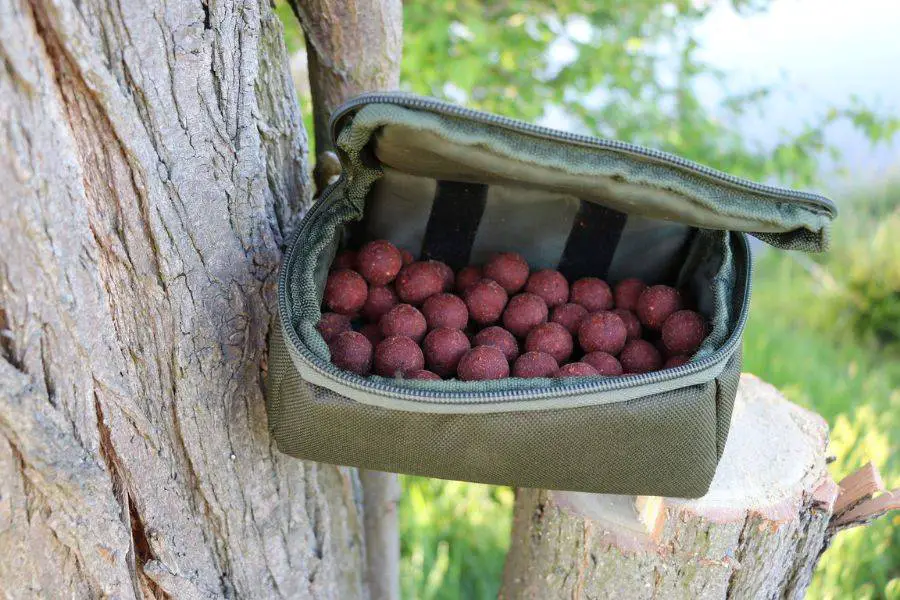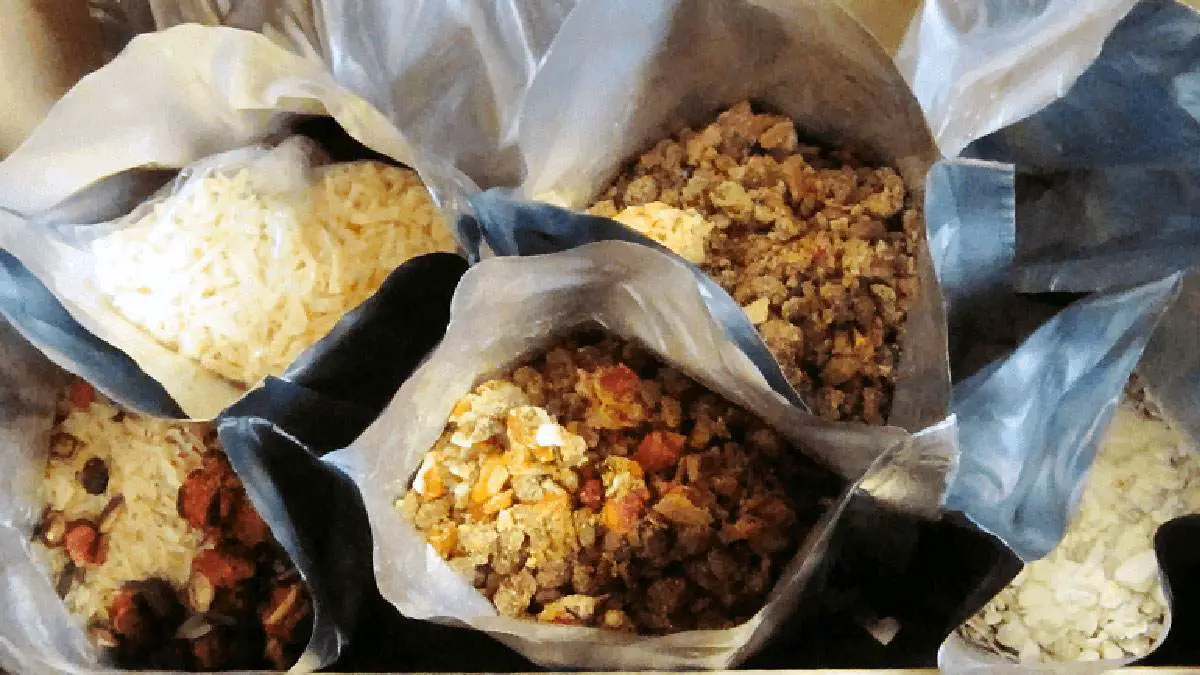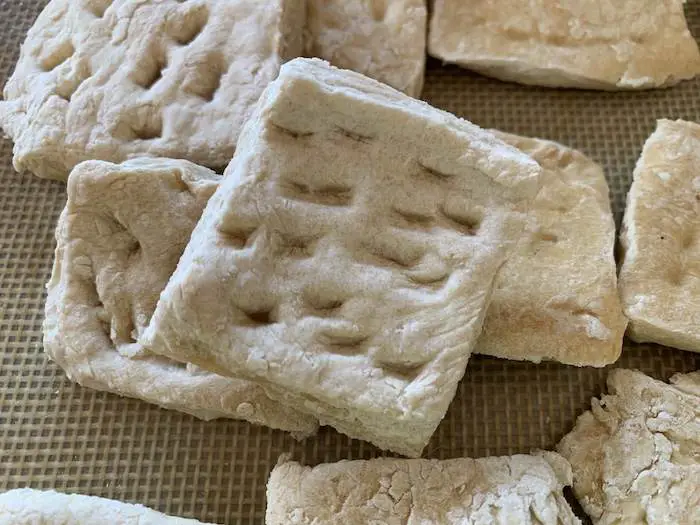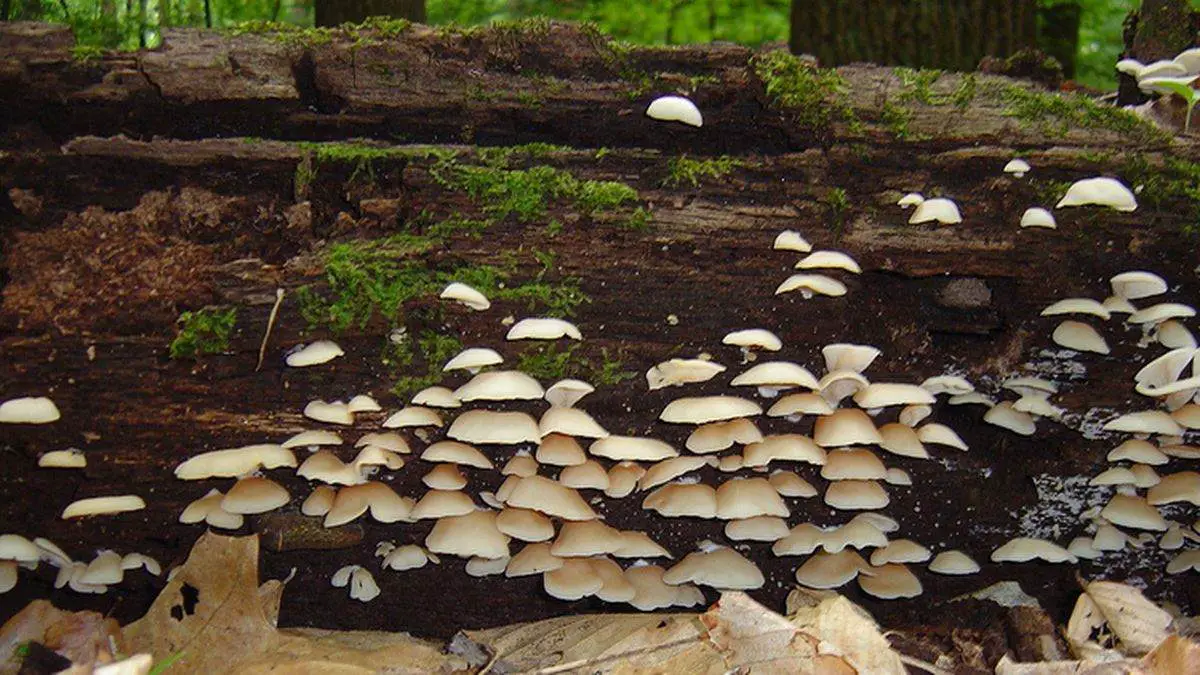Table of Contents
Dough bait is one of those recent techniques that come in handy when you are out on a fishing trip. The technique is quite appealing for two reasons.
First, it’s effective. The second reason that dough bait is gaining popularity is that it’s cheap to use.
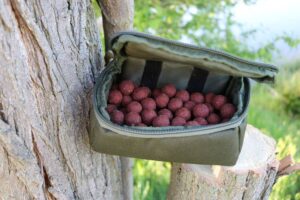
However, the major downside to using the dough bait technique is how to make the dough stay on the hook.
This article reviews basic steps you can follow to improve your dough bait fishing technique and get the dough to stay permanently on the hook.
Why Dough Bait Doesn’t Stay on the Hook
There are several reasons why dough falls off a hook. Below is a quick highlight of some of the popular reasons.
Poorly Prepared Dough
Falling or cracking of dough is one of the common challenges encountered when using dough baits. This problem often results from the way the dough is prepared.
When the dough is too hard, there’s a likelihood that it’ll quickly crack when exposed to air. Also, when it’s too watery, it falls off when you throw the hook into the pool, pond, or lake.
Poorly Constructed Hook
The shape and texture of the hook also affect how the dough behaves.
When the hook’s made with materials that don’t interact well with water (hydrophobic materials), there’s a likelihood that it’ll slip off the hook when it’s cast in the lake.
Terrible hook would always make it difficult to get the best result from your fishing efforts, even if your skills are at a pro level.
Attaching the Dough the Wrong Way
When the dough is improperly attached to the hook, it falls off very fast when it’s in the pond. The best way to attach dough is to ensure it’s properly wrapped around the hook.
It is best to ensure that the point and the bend of the hook go through the dough. Wrap the dough around the barb, bend, and shank, leaving only the point slightly exposed.
The amount of dough wrapped around the shank should be slightly more to give the dough a larger surface to attach to.
Dough Staying Too Long in the Pond
Dough falls off the hook when it stays too long in the pond without being eaten by a fish. The dough absorbs moisture, pulls off the hook, and finds its way into the water.
The best way to reduce the time your dough spends in the water is to increase how attractive it is to fish.
Add an adequate amount of fish attractants to the dough to make it pull in more fish.
Some of the popular fish attractants include garlic, amino acids, fish extracts, and other synthetic attractants.
Best Dough Bait Types to Stay on the Hook
The general name for flower-based fish baits is dough bait. However, the composition of dough baits varies with how they are prepared.
Below are two of the most popular dough bates with a track record of staying on the hook.
Flour Dough Bait
Flour dough bait is the most popular dough bait. It’s prepared following a similar procedure to cakes and pies, but with fewer ingredients.
It’s cheaper to make than most dough baits. You can get enough quantity to last for a few days or more if you add some preservatives.
Bread Dough Bait
Some people use an amount of bread to prepare the dough baits. However, this method is costly, and the dough may not last too long in the water, compared to the flour dough bait.
Flour Dough Bait With Attractants
Most people don’t think it’s necessary to add fish attractant to their bait. It works well if the dough is properly made.
However, the variation to the ordinary dough bait is the dough with attractants. The process of making this type of dough is explained in the steps below.
How to Make Dough Bait That Stays on the Hook
To avoid dough falling off from the bait, It’s best to ensure that the dough maintains a moderate texture.
It should not be too watery or hard. The texture of your dough is one of the most important things that determine how it’ll behave in water.
Below is a quick tip on how to make dough bait that stays on the hook.
In preparing sticky dough bait, you need:
- water
- yellow cornmeal (or corn flour)
- white flour
- cottonseed meal
- garlic powder or other attractants (optional)
The first step is to mix and pour an amount of flour into a mixing bowl that’s enough for your fishing needs.
Add cornmeal, half the size of the flour, and add a cottonseed meal half the size of the cornmeal. Stir the mixture with your hand. Ensure it’s mixed properly.
Gradually add a little water and stir it with your hand. Continue Adding water to the dough and massaging it until you have the sticky dough that glues to your fingers.
How you’ll know you have the texture you’re looking for is that it stretches like glue if you pull a piece of the dough from the mixing bowl. If you sense that the dough is too watery, add a little flour until you get a sticky texture. Add the garlic powder if you wish.
The purpose of the garlic powder is to throw a fish attractant into the mix. Before adding the garlic powder, it’s best to spread the dough on a flat surface.
Then, add a thin layer of garlic powder on both sides of the flat dough. Then mix it in. It helps reduce concentration.
Also, remember that garlic powder attractant works best with catfish. You can choose the attractant that works with the fish you want to catch.
The whole process should take about 10 – 15 minutes to complete.
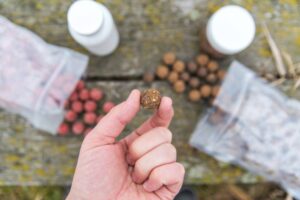
What Do We Think About Dough Baits?
Dough bait is one of the few fishing baits you have a lot of control over. It’s quite responsive and easy to tweak.
You can come up with novel ideas on how to apply the technique and get excellent results.
Over the years, it has gained popularity, and everyone is trying to learn how to use it. It costs next to nothing because everything you need is right there in your kitchen.
However, the downside could be the foul smell that comes from the dough. While the smell may be attractive to fish, we think it’s quite irritating to humans, especially when you bring your hands to your nose.
Regarding the dough coming off during fishing, it all depends on the quality of the dough you prepare.
If you follow the steps outlined above, you should get better results on your next tries.
Conclusion
Most people, especially newbies, complain about the challenge of getting the dough bait to remain on the hook.
In most cases, the problem stems from how the dough is prepared. If you follow the tips provided in this article, you’ll see a drastic improvement in the performance of your dough bait.
Dough bait is a more recent technique in the fishing niche and most people are not familiar with how it works.
Experienced fishing enthusiasts constantly experiment with several methods to help increase the chance of attracting and catching fish when they are out in the waters.

